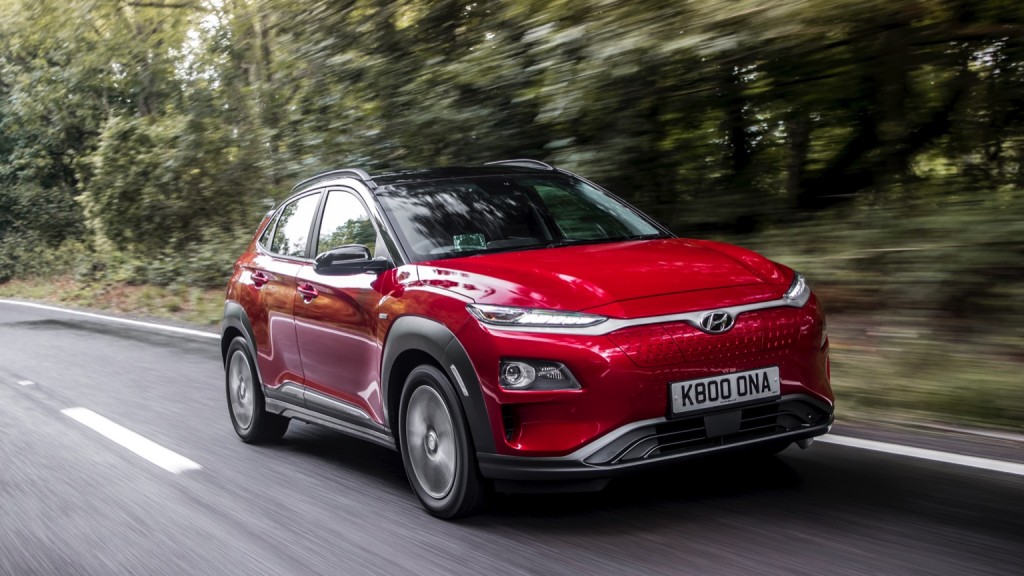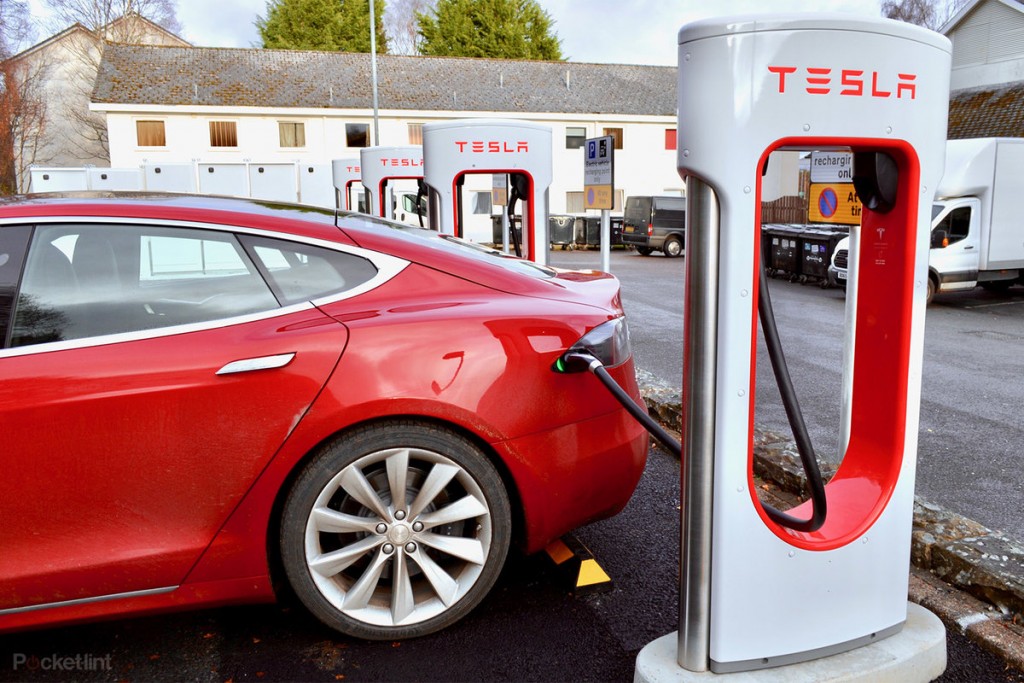If you’re asked, off the top of your head, to list the reasons why you do not drive an electric vehicle yet, your response will probably look like this: 1) I am not confident of the range per charge in real-time aka how long do I need to go before I recharge?; 2) average charge time is too long for me; 3) cost of acquisition and maintenance is too high, and, 4) I am not certain of the durability of EVs.
If you live in a city like Lagos where a 19km journey can take you anywhere from one hour to 1.5hours and counting, your questions will definitely be in that order, with number two looking like a major source of headache in a city like ours.

Thankfully, technology is ever-changing and it appears that a solution is on the way, one that could make EVs more attractive and increase adoption. Purdue University has announced that it just may have solved challenge number two, even though its newest invention has not been tested on any EV yet.
How fast can the new technology charge?
Issam Mudawar, a professor of mechanical engineering at Purdue University, and his students, V.S. Devahdhanush and Seunghyun Lee, were able to create a prototype charging cable that addresses one of the main hurdles to quick EV charging — overheating.
In essence, overheating occurs when there is too much energy being delivered through a cable. The more energy that’s being delivered, the hotter the cable gets, and if it gets too hot it could lead to some dangerous repercussions.
Charging stations have solved this problem by using liquid cooling systems to remove heat from within their wires, ensuring they can deliver enough electricity to charge your EV faster. This cooling system is not available on private properties, however, and that is why you cannot charge as fast there.

Mudawar and his students have tried to address this challenge by using an alternative cooling method – liquid-to-vapour cooling.
“For the past 37 years, Mudawar has been developing ways to more efficiently cool electronics by taking advantage of how liquid captures heat when boiled into a vapour. By capturing heat in both liquid and vapour forms, a liquid-to-vapour cooling system can remove at least 10 times more heat than pure liquid cooling,” stated the press release.
Currently, most advanced chargers in the industry are able to deliver currents up to 520 amperes, which could charge an electric auto in 30 minutes, but most chargers available to consumers support currents of less than 150 amperes, which would take hours to charge an EV.
In a lab demonstration, Mudawar’s prototype was able to accommodate a current of over 2,400 amperes, which is far beyond the 1,400-ampere minimum that would be needed to reduce charging times for large commercial EVs to five minutes. It has not been tested on a real one yet, but, it mimics all the traits of a real-world charging station: It included a pump, a tube with the same diameter as an actual charging cable, the same controls and instrumentation and it had the same flow rates and temperatures, stated the press release.

So, what’s next?
Funding for this project was provided by Ford in collaboration with Ford Motor Co. Mudawar is hoping to work with EV or charging cable manufacturers to test the prototype on electric autos within the next two years. In the meantime, the researchers have filed a patent application for their charging cable invention through the Purdue Research Foundation Office of Technology Commercialization and are seeking additional industry partners to continue the technology’s development.
Electric Vehicles have come a long way since they first hit the common road in the early 1800s. This latest ‘invention’ is yet another breakthrough in the concept and one that will certainly revolutionalise the auto industry if it takes off.
Source: JC Online
